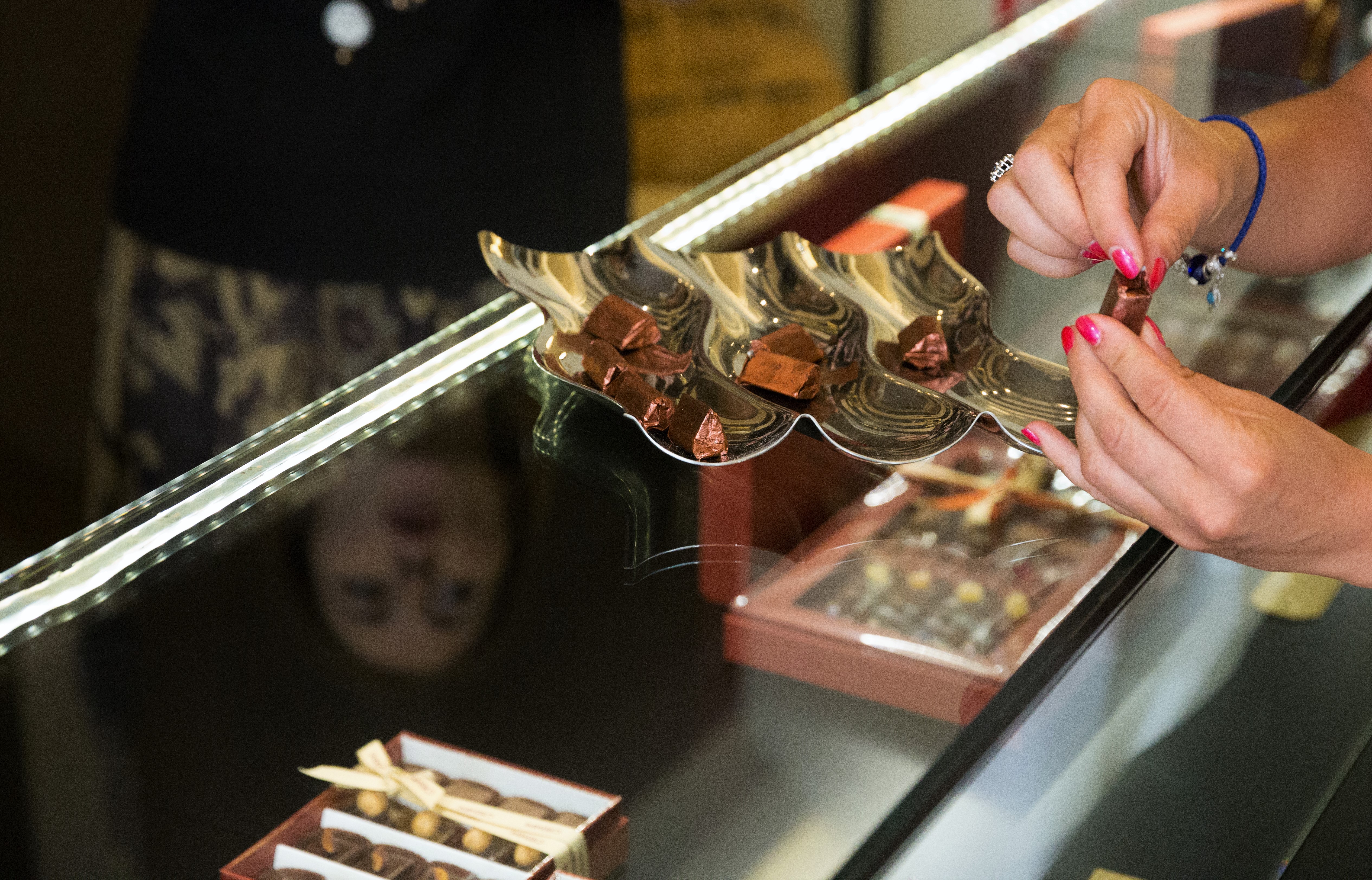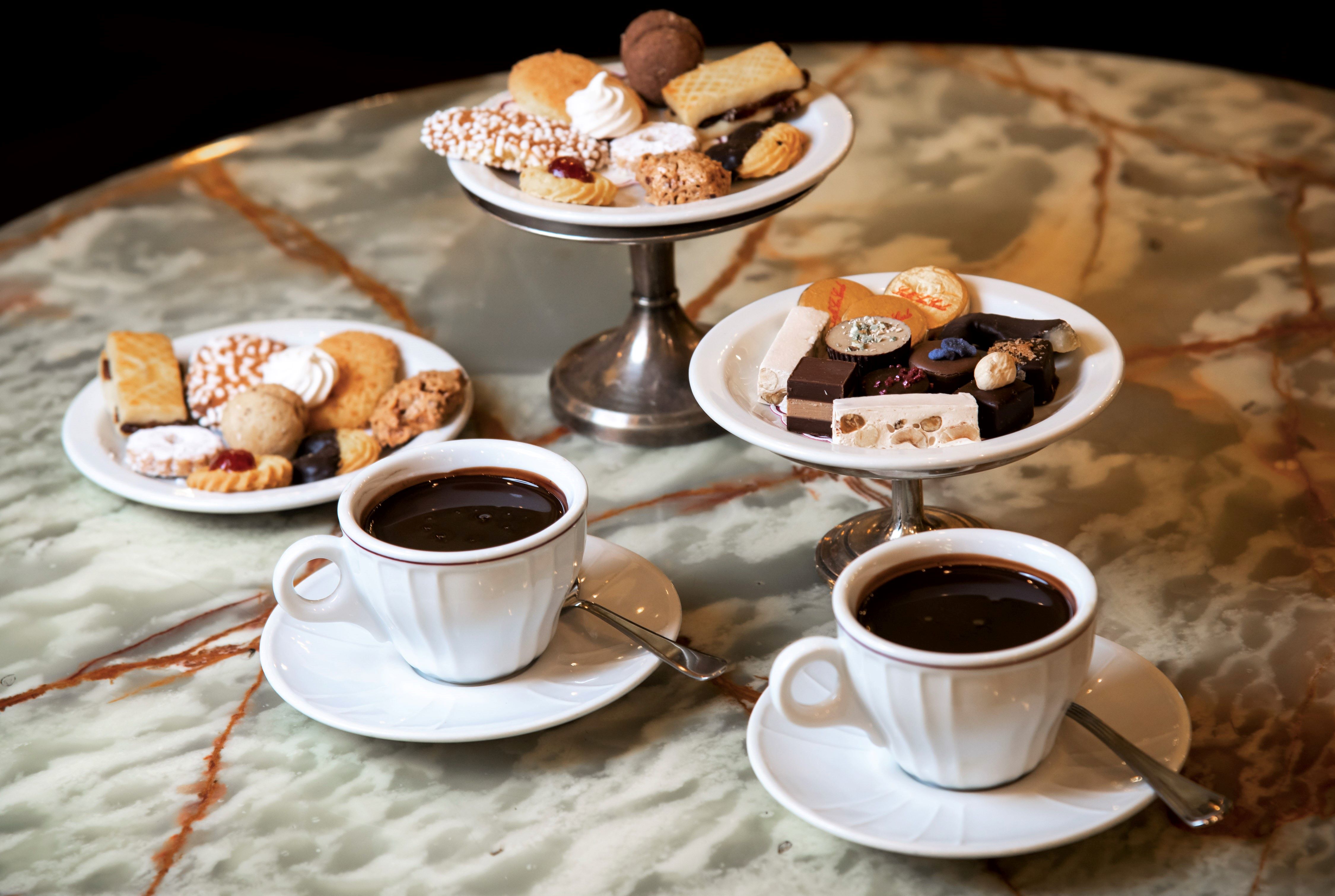The Tradition of Chocolate
A sweet love story between cocoa and Piedmont

Reading time:
2 minutes
The story of Piedmont and chocolate is woven through generations of master chocolatiers and irresistible delights, to be savored in historic pastry shops and cafes in Turin and throughout the region.
The Art of Piedmontese Chocolate: the Birth of Gianduiotto
Quality raw materials and great creativity have made Turin the European capital of chocolate processing since the 16th century when cocoa arrived in Piedmont with Duke Emanuele Filiberto di Savoia, then in the service of Charles V of Spain. It was the first kingdom to introduce the 'food of the gods' from Central America to Europe. Legend has it that the duke symbolically wanted to serve a steaming cup of chocolate to the city to celebrate the transfer of the capital from Chambery to Turin. Since 1678, when the court's beverage became a widespread privilege for public sale, the art of Turin's chocolate making has conquered hearts and palates in both solid and liquid form. From bars sold 'by the cut' in shops to specialties like cremino, or Torinese (three layers of chocolate, one inside hazelnut chocolate paste, and the two outer layers of gianduja cream), the Alpino, Favorito, and Preferito fillings, along with pralines, truffles, and cri-cri, tiny delights with a hazelnut heart, covered in chocolate and tiny sugar spheres.
The meeting of cocoa and the 'round and gentle Langhe hazelnut' gives birth to the Gianduiotto, the famous inverted boat-shaped slice made of gianduja paste, the first chocolate sold wrapped in gold or silver foil. Born during Carnival in 1865, it takes its name from the homonymous, rotund mask symbol of Turin."

Historic Cafés and Royal Snack Time
The cafés of some Royal Residences and many historic coffeehouses offer the unique experience of the Royal Snack ("Merenda Reale"), featuring steaming hot chocolate in a cup, perfect for dipping delightful baci di dama made with chocolate and hazelnut flour, fragrant diablottini (chocolate tablets), and bignole, tiny pastry masterpieces to savor in a single bite. A sweet moment that honors tradition, providing genuine pleasure in regal and timeless atmospheres.

Ending on a High Note: Bonet and Cuneesi al Rum
Chocolate also takes center stage in traditional Piedmontese recipes like Bonet, the rich and soft spoon dessert made with cocoa, amaretti, and rum. If you're in Cuneo, treat yourself to Cuneesi al Rum, chocolates featuring two layers of meringue enclosing a custard cream made of dark chocolate and rum, all coated in a layer of dark chocolate. Every corner of the region celebrates chocolate with taste and creativity.
